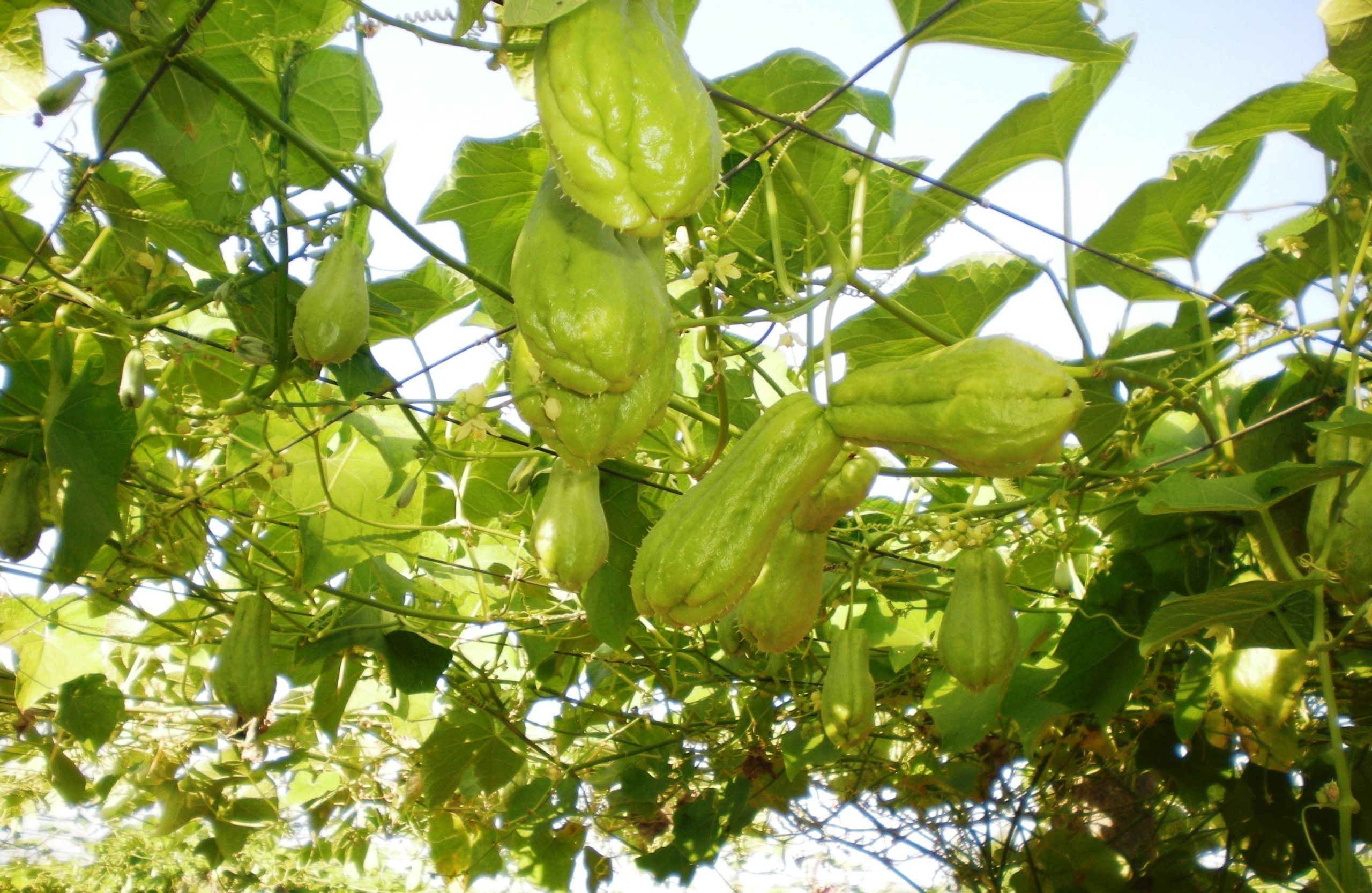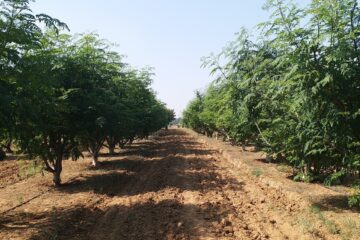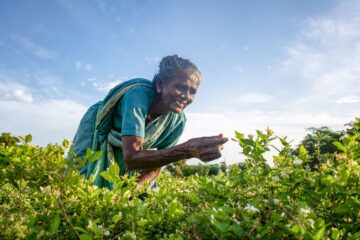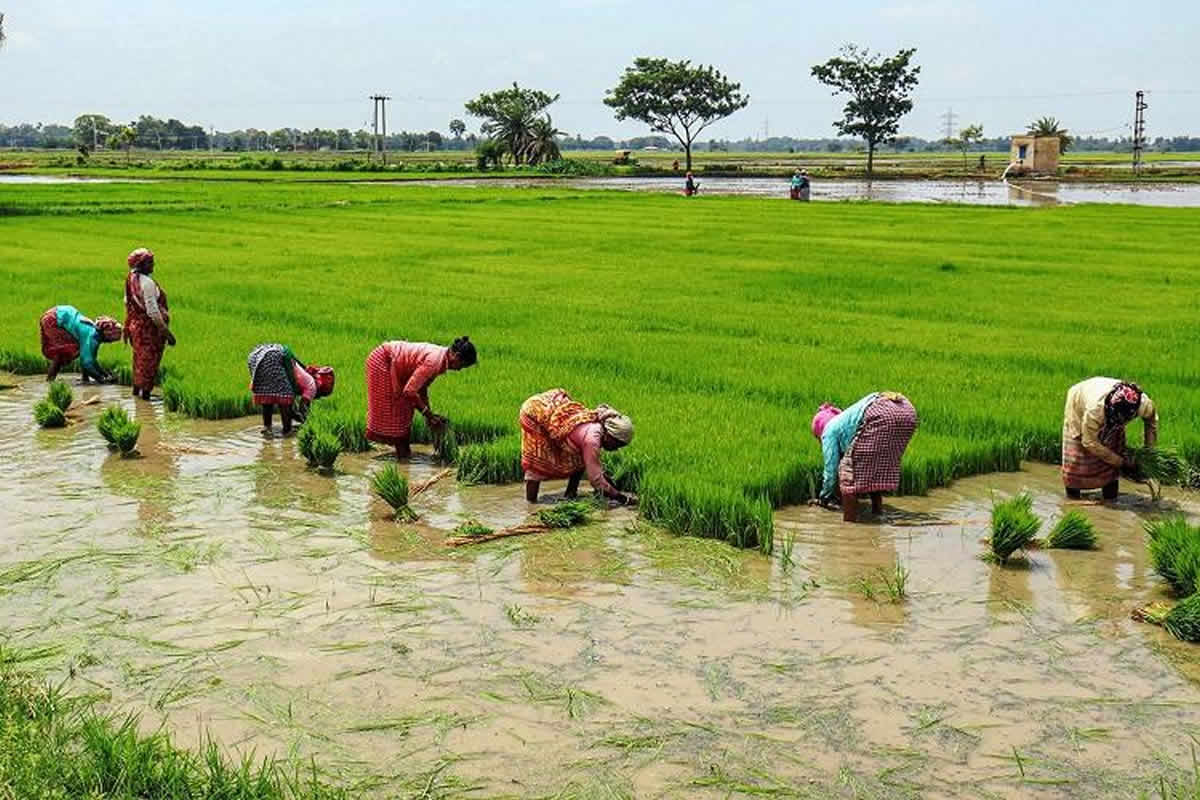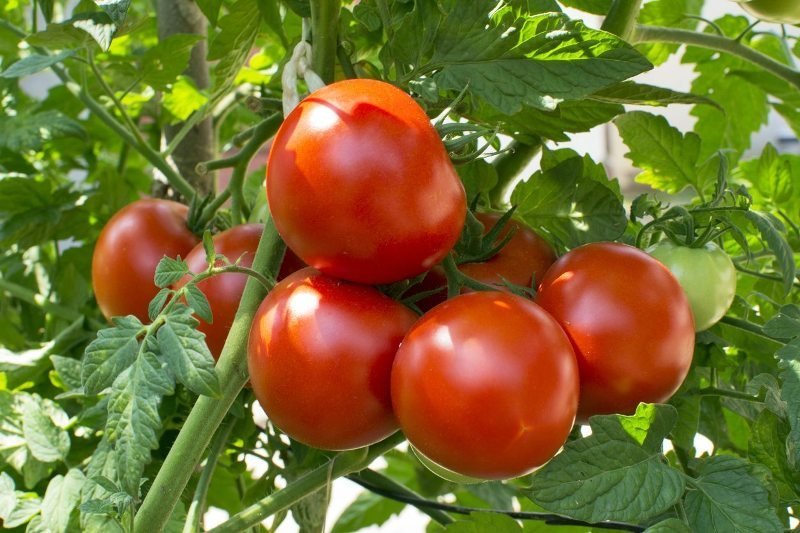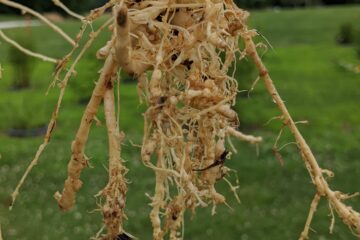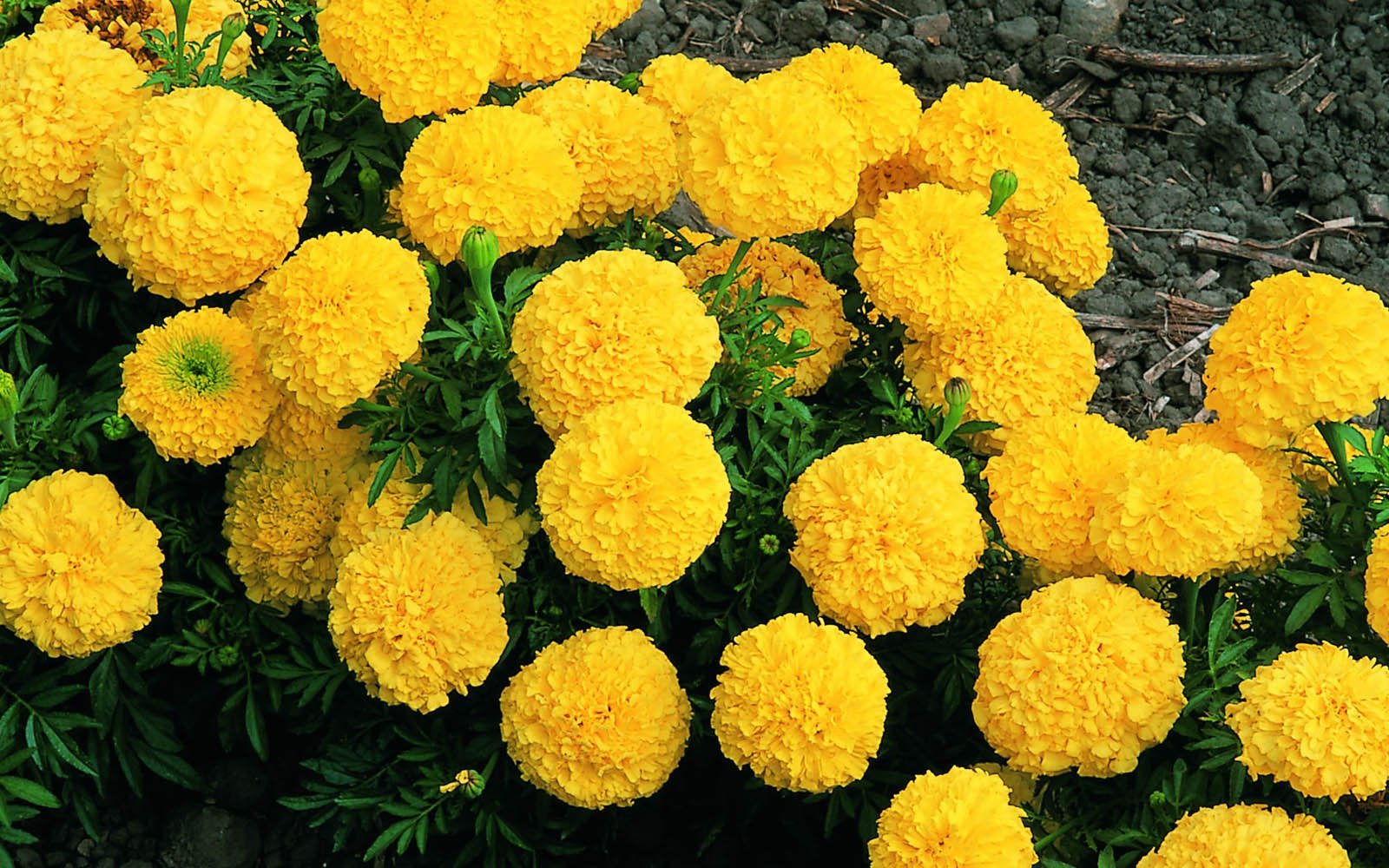Issue Date: March 2019
Chayote is widely cultivated in Indian states such as Tamil Nadu, Karnataka, Kerala, Andhra Pradesh, Maharashtra, Odisha, and Bihar. In Tamil Nadu, it is grown in places like Nilgiris, Kodaikanal, Pechiparai, and Palani.
Soil and Climate:
Chayote requires a temperature range of 18-22°C and can be cultivated at an elevation of 1000-1750 meters above sea level. It thrives in areas receiving 300-400 cm of annual rainfall. Well-drained soil with a pH of 5.5-6.5 is ideal for its cultivation.
Seasons:
For irrigated lands, chayote can be planted in January-February and April-May. For rainfed lands, it can be planted in July-August.
Land Preparation:
Depending on the slope and soil fertility, dig pits of 45 cm length, width, and depth at a spacing of 2.5 m to 1.8 m. Fill these pits with 10 kg of decomposed farmyard manure and topsoil. Additionally, mix 250 grams of green manure, 500 grams of super phosphate, and 500 grams of potash.
Planting:
For one hectare, 1,500 well-matured chayote fruits are needed. Harvest the fruits 15-20 days before planting and store them in the shade. Once they sprout, plant three sprouted fruits per pit in a triangular pattern. Local green and white varieties can be planted.
Crop Management:
To support the climbing vines, construct trellises at a height of 2 meters. Within two months, the vines will cover the entire trellis.
Fertilization:
In May-June and September-October, apply 25 kg of farmyard manure around the vines and mix well. During both monsoon seasons, 120 kg of nitrogen, 80 kg of phosphorus, and 60 kg of potash per hectare are required. Apply all the phosphorus and potash and half the nitrogen initially, and the remaining nitrogen before flowering.
Irrigation:
Irrigation is essential during high temperatures. Excess moisture can cause rot. During growth, flowering, and fruiting, irrigate every 5-7 days.
Harvesting:
Harvest fruits 90-100 days after planting. Continue harvesting weekly for three months. Harvest fruits when they are firm, have reduced spines, and are light green.
Yield:
Approximately 200 fruits per vine, yielding 25-30 tons per hectare. After the first year, create new pits between two rows of vines for replanting. After the second year, repeat the process between rows from the first two years.
Diseases:
- Fusarium Wilt: This disease starts on the leaves, spreads through the petioles to the stem, and eventually causes the vine to wilt. Remove infected plants and spray the surrounding soil with a solution of 3 grams of Mancozeb per liter of water.
- Anthracnose: Affects leaves, stems, and vines, causing them to develop black spots. Treat with a solution of 3 grams of Mancozeb per liter of water.
- Leaf Spot Disease: Causes spots on leaves and fruits, which turn from grey to yellowish-brown. Infected fruits develop brown rot. Treat with Mancozeb.
- Powdery Mildew: Caused by Sphaerotheca, it affects leaves in hot, dry conditions. Leaves fall off, reducing yield. Control with a solution of 2 grams of Carbendazim per liter of water.
Pests:
- Red Spider Mites: Damage young leaves. Control with a solution of 1 gram of Carbaryl per liter of water.
- Fruit Fly: A small fly that lays eggs inside young fruits. The larvae feed on the fruit interior, making it unsuitable for consumption. Use light traps and chemical sprays to control.
Dr. M. Anand, Horticultural Research Station, Yercaud, Salem District. Dr. A. Sangari, Tamil Nadu Agricultural University, Coimbatore.

